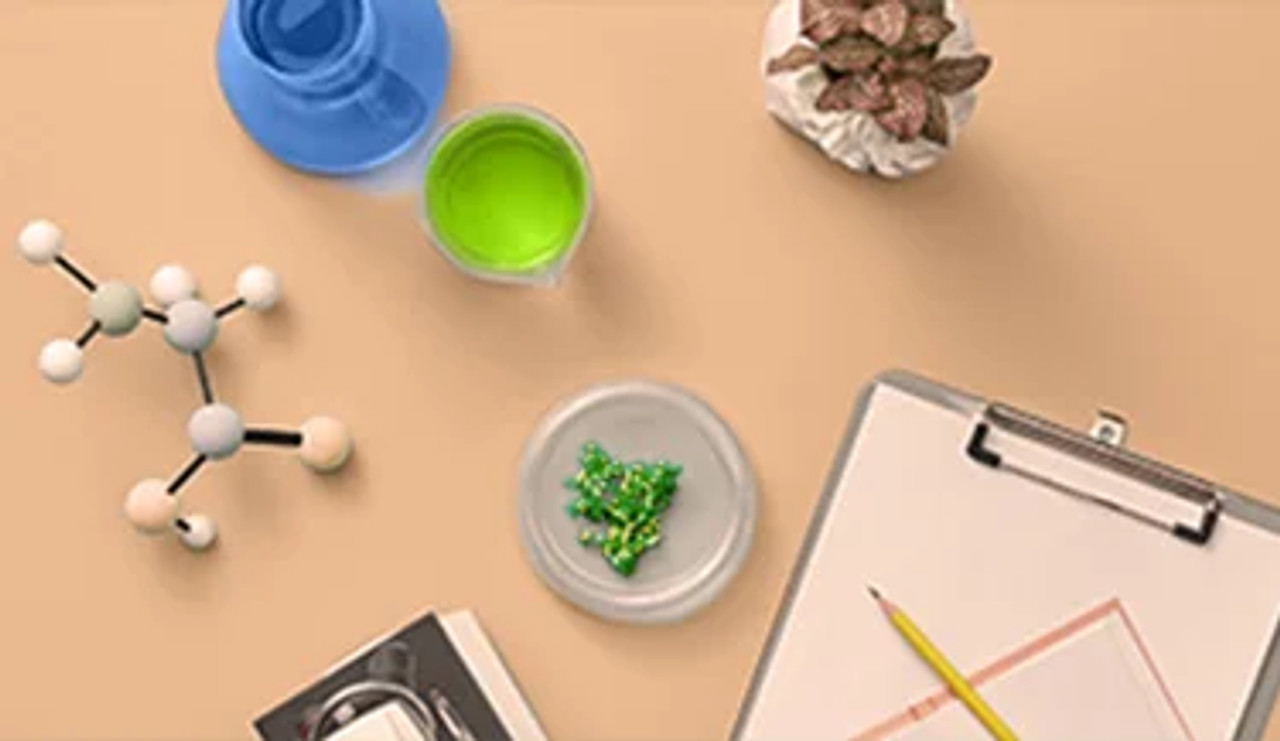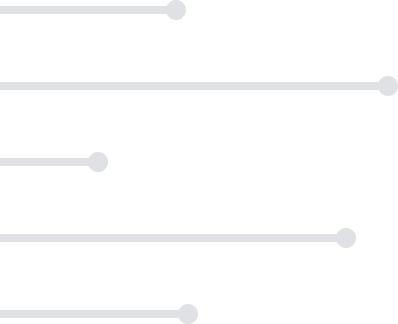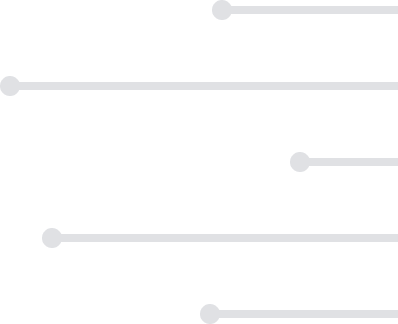
$69
Plus membership
1 Credit
All courses include:
eTextbooks
2 to 3-day turnaround for grading
Multiple chances to improve your grade
On-demand tutoring & writing center
Student support 7 days a week
$69
Plus membership
1 Credit
All courses include:
eTextbooks
2 to 3-day turnaround for grading
Multiple chances to improve your grade
On-demand tutoring & writing center
Student support 7 days a week
Introduction to Biology Lab
$69
Plus membership
1 Credit
About This Course
ACE Approved 2023
Learn about topics such as cell structure and function, bioenergetics, DNA structure and function, cell reproduction, taxonomy, evolution, and ecology. An overview of the anatomy and physiology of the major organ systems is also discussed during Introduction to Biology.
What You'll Learn
Learn how to work safely in the laboratory.
Understand how to make testable observations and hypotheses.
Explore key concepts in biology.
Clearly define and relate all aspects of the cell cycle.
Understand and describe each structure of the cell and their roles.
Explore photosynthesis.
Understand Mendelian genetics.
Discuss heredity and mutation.
Have an understanding of the Ecology of organisms.
Understand mutation.
Lab Kit
Prefer the hard copy? Simply purchase from your favorite textbook reseller; you will still get the eTextbook for free. Custom Lab Kit from eScienceLabs.com (please register at eScienceLabs, login, and use the “Have a Code” button) which is $103; please enter this code [kit1585] to ensure that you purchase the correct Lab.


Your Life, Your Schedule, Your Education
Transfer into over 3000+ institutions that accept ACE courses or transfer directly into 180+ partner schools.
request information
Our online Introduction to Biology course provides an overview to the biological sciences.
There are no prerequisites to take Introduction to Biology Lab, though we highly recommend previous or concurrent enrollment in Introduction to Biology.
| Lab | Objectives |
|---|---|
| Introduction to Science |
|
| Cell Structure & Function |
|
| Ecology of Organisms |
|
| Energy and Photosynthesis |
|
| Mitosis |
|
| DNA and RNA |
|
| Mendelian Genetics |
|
| Population Genetics |
|
Your score provides a percentage score and letter grade for each course. A passing percentage is 70% or higher.
Assignments for this course include:
- 8 Lab Worksheets
- 8 Lab Exams
This course does not require a textbook.
Introduction to Biology Lab students also take:
Helpful resources:







